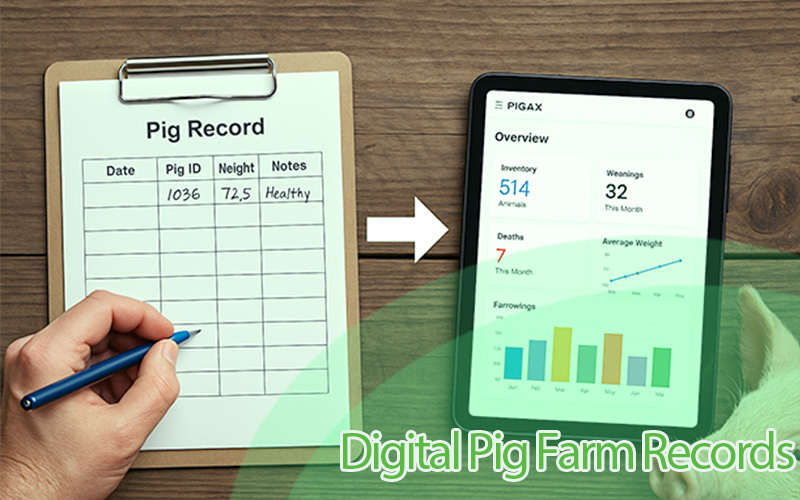Secretes to chosing the best pig flow system
The selection of an effective pig flow system is a strategic decision that can make or break your pig farming operations. With numerous options available, finding the perfect fit can be a daunting task. Imagine a system that seamlessly orchestrates the movement of pigs, maximizing space utilization, minimizing stress, and ensuring optimal growth and production. From the nursery to the grow-finish stage, every step is strategically planned to create a streamlined and efficient workflow. When selecting a pig flow system, there are several key factors to consider. This article will explore the secrets to choosing the best pig flow system
This blog post will unveil the critical factors to consider when selecting a pig flow system, arming you with the knowledge to help you choose one that suits the specific needs of your pig farm.
Understanding Pig Flow Systems
A pig flow system refers to the design and management of pig movement within a farm. Its purpose is to ensure a smooth and organized flow of pigs throughout their different growth stages. A well-designed system not only enhances efficiency but also improves animal welfare. There are basically 2 types of pig flow systems, which includes the All In All Out (AIAO) system and the continuous flow system, and combination system, each with its unique advantages and considerations.
Assessing Farm Needs and Goals
To choose the best pig flow system, it is crucial to assess the farm's size and capacity. Understanding the specific goals and objectives for pig production is essential. Factors such as the desired pig breed, market demands, and potential farm expansion plans should also be considered. This evaluation will help determine the most suitable pig flow system for the farm.
Designing an Optimal Pig Flow System
Designing an optimal pig flow system involves careful planning of the layout and infrastructure. The system should allocate appropriate space for farrowing, nursery, and finishing stages, considering the expected number of pigs at each stage. Proper ventilation, lighting, and temperature control should be ensured to create a comfortable and conducive environment for the pigs.
Managing Pig Movement and Grouping
Pigs should be grouped based on their age, size, and production stage. This grouping minimizes stress and aggression within the groups, promoting healthier and more harmonious interactions. Proper handling techniques and equipment should be employed to ensure safe and efficient pig movement.
Biosecurity Considerations
When designing a pig flow system, it is crucial to minimize disease transmission risks. Measures such as separate entry points, foot baths, and hygiene protocols should be incorporated. This ensures that potential diseases are prevented from entering the farm and spreading among the pigs, thereby safeguarding their health and overall farm productivity.
Automation and Technology Integration
By utilizing automation, such as automatic gates and sorting systems, pig movement can be streamlined and made more efficient. Integration of technologies like RFID tags and sensors enables data collection for monitoring pig health and performance. Data analytics can be utilized for performance evaluation and data-driven decision-making, further enhancing the efficiency of the pig flow system.
Financial Considerations
The initial investment costs for the system should be assessed, including the cost of infrastructure, equipment, and technology integration. Evaluating the long-term operational costs and potential return on investment is crucial for determining the system's financial viability. Additionally, analysing cost-saving opportunities that arise from efficient pig flow management can contribute to long-term profitability.
Conclusion
Choosing the best pig flow system requires conducting thorough research on available options. Seeking recommendations and expert advice is valuable in understanding the suitability of each system for specific farm needs. It is essential to weigh the pros and cons of each system, considering factors such as the farm's size, goals, budget, and operational requirements.
Also, after selecting the most suitable pig flow system, careful planning and execution are necessary for successful implementation. This includes installing the system, training farm staff on its proper use, and ensuring a smooth transition. Monitoring and assessing the system's performance are essential to identify any areas for improvement. Feedback from farm staff and stakeholders should be incorporated to continuously refine and enhance the pig flow system's efficiency.
Remember, the secrets lie in understanding the farm's needs, designing an optimal system, considering biosecurity measures, embracing automation and technology, evaluating financial aspects, and learning from successful case studies. By customizing the pig flow system to the specific needs of the farm, farmers can enhance productivity and profitability, while prioritizing pig welfare and overall farm success.




